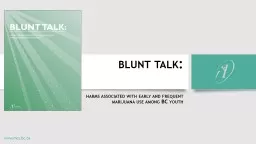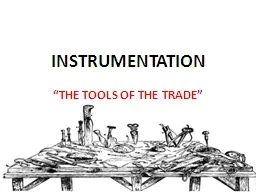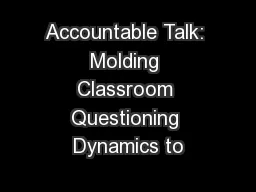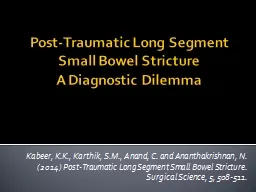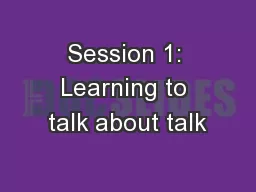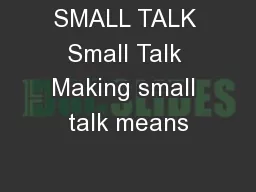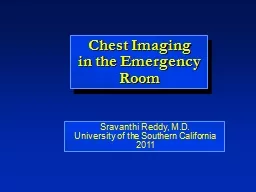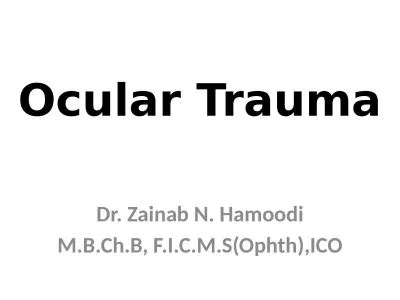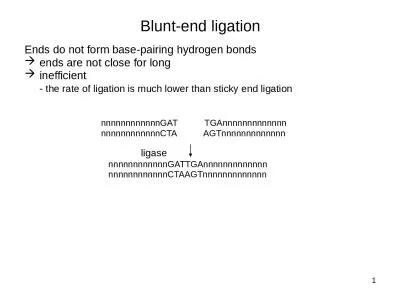PPT-blunt talk
Author : min-jolicoeur | Published Date : 2017-07-22
harms associated with early and frequent marijuana use among BC youth Blunt Talk Context It is currently illegal to possess marijuana Growing pressure to legalize
Presentation Embed Code
Download Presentation
Download Presentation The PPT/PDF document "blunt talk" is the property of its rightful owner. Permission is granted to download and print the materials on this website for personal, non-commercial use only, and to display it on your personal computer provided you do not modify the materials and that you retain all copyright notices contained in the materials. By downloading content from our website, you accept the terms of this agreement.
blunt talk: Transcript
Download Rules Of Document
"blunt talk"The content belongs to its owner. You may download and print it for personal use, without modification, and keep all copyright notices. By downloading, you agree to these terms.
Related Documents

